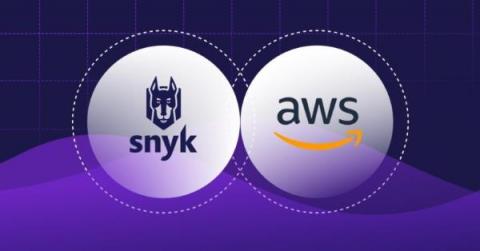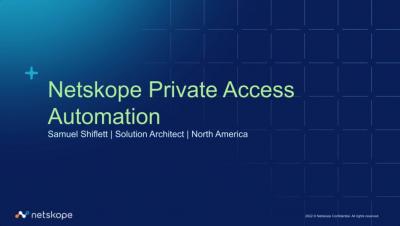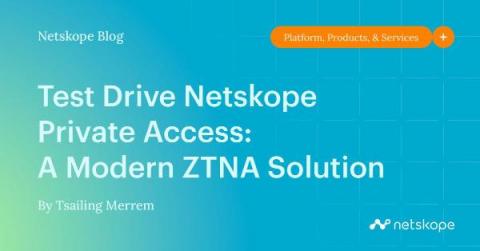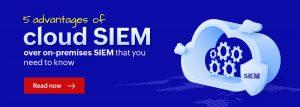10 AWS security considerations when migrating
Cloud data storage has many practical advantages over traditional data centers, but making a move also comes with many unique security considerations. When moving to AWS, begin how you wish to continue. Companies that transition to cloud data storage must update their approach to information security to protect their data. Setting up proper security practices during migration will help future teams securely and efficiently deliver applications and features.











